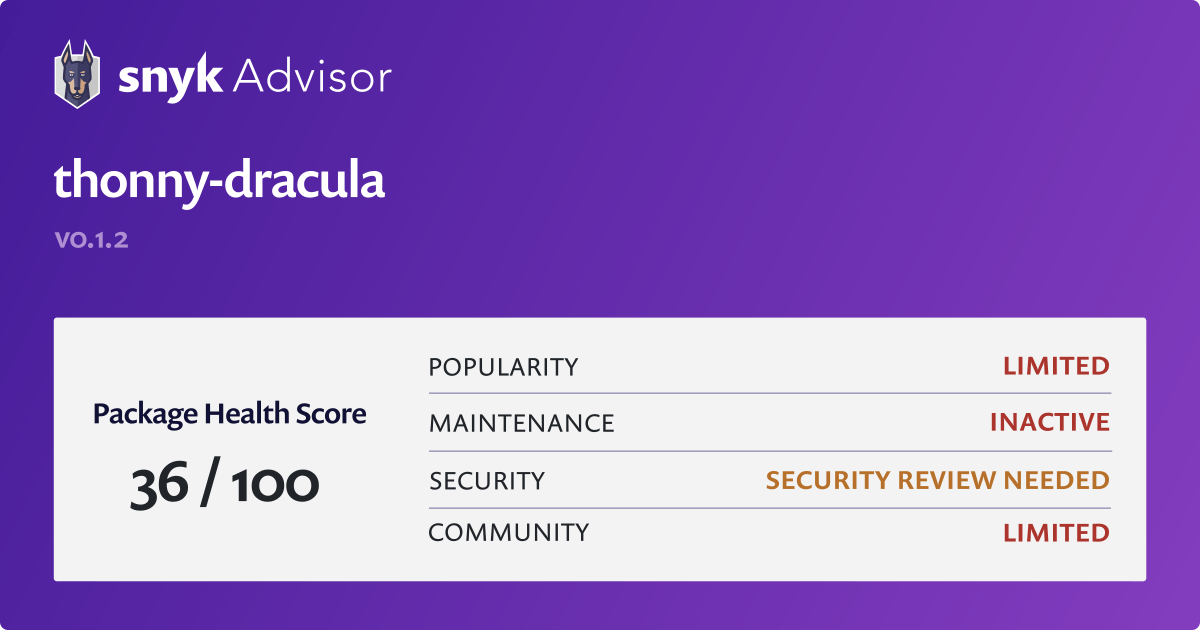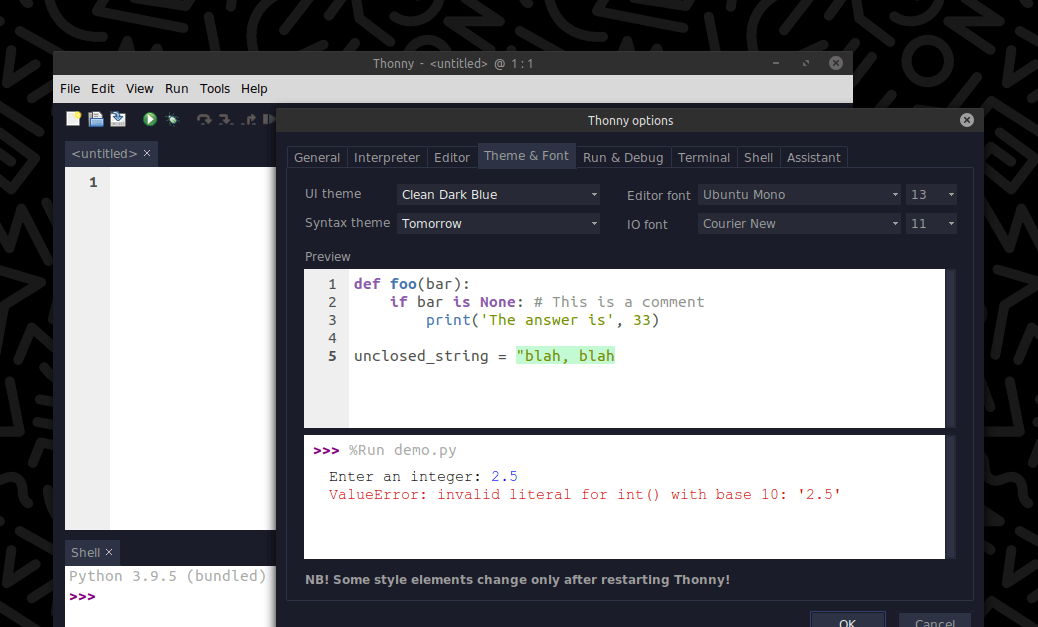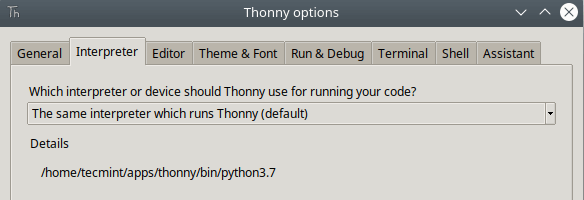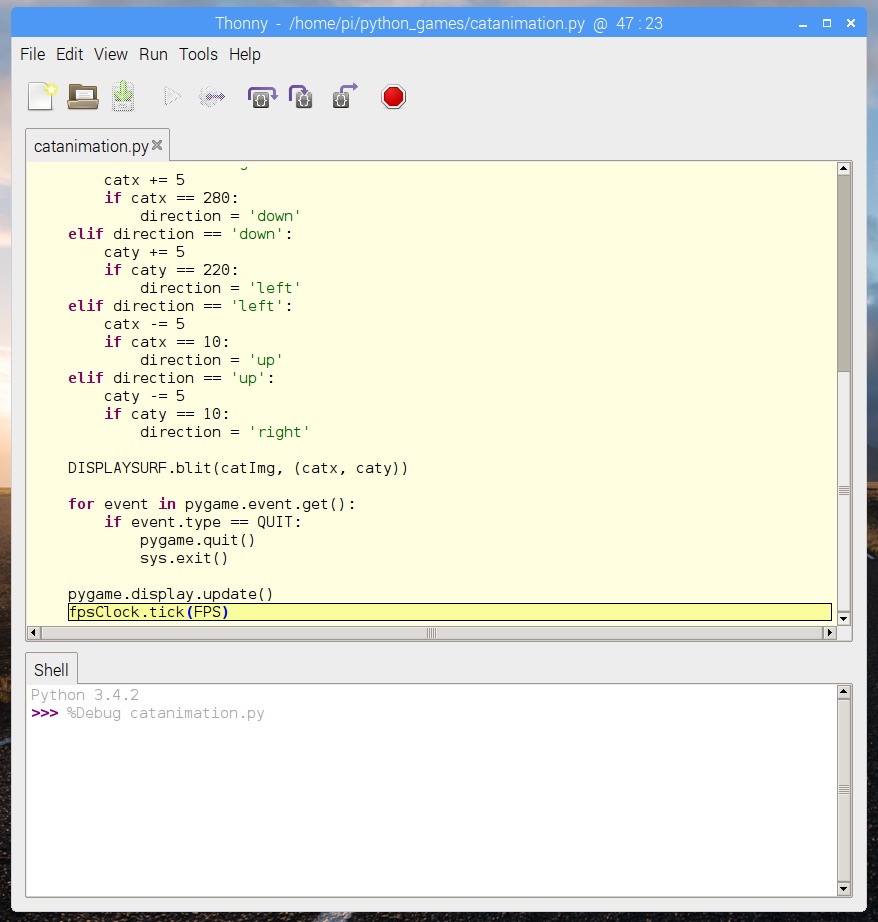
You can either use the “Run” shortcut in the menu to open your script in a new terminal, or use the handy terminal tab at the bottom of the editor to run it directly from there. Geany IDE can run Python scripts natively, and as it’s pre-installed on Raspberry Pi OS it’s a great solution to code in Python, especially for beginners. Is Geany a good solution to code in Python?Įxplore your creativity with classes in programming, IoT, electronics, and more. If you mainly use your Raspberry Pi for coding, you can then look for other alternatives by reading this article with the best text editors available on Raspberry Pi.

If you are looking for a new editor, start your first scripts with Thonny (mono files), then switch to Geany for bigger projects (several files). In short, if you are used to another editor, try it first, you’ll save time. VS Code can do more with all the additional packages, but you don’t necessarily need them to create a simple Python script on Raspberry Pi. Today, I’m using mostly Visual Studio Code, so I would prefer to use it on Raspberry Pi, but it’s mainly based on habit and isn’t a feature limitation with Geany. When you are programming 8 hours a day, a heavier solution can add interesting features aren’t available in Geany, but in the case of usage on Raspberry Pi, Geany is great. I stopped using it after that because I switched to Windows and tried other solutions at the same time (like SublimeText and PHPStorm). Stability and performances were my main criteria, and Geany was perfect for this. I’ve tried several solutions, and Geany could do whatever I needed.

I was a PHP developer back then, working on Linux. As a whole, it’s a great solution for most programmers.Īs I mentioned at the beginning of the article, I have used Geany for several years at work. It’s more powerful than basic text editors and less heavy than other solutions like P圜harm or Eclipse. Geany is a robust IDE that can be used with the most common programming languages (Python, C, PHP, Java, etc.). On Raspberry Pi, you can also use it as a text editor for anything else, as it’s more powerful than the default text editor (that can be found in the main menu > Accessories). Geany is a lightweight text editor that supports over 50 programming languages, so it can be used for almost anything related to coding. And what’s interesting is the bottom part, where you can see the logs, and have a terminal on hand to run your scripts (perfect for Python for example). On the top you have the main menu, with essential shortcuts (you can customize this). On the left there is a browser to see your files and variables. You’ll type the source code in the main section. We’ll see the interface in more detail later in this article, but on first start, the Geany interface looks like this: Geany is available on Windows and macOS as well, so you can also use it on your computer if you like it. If you are on another system, another option is to go directly to the official website and download an installer or the source code from there. If apt is available on your distribution, you can install Geany with:

If you are using another distribution based on Debian, you should find it in your packages manager. Open the main menu (top left of your screen), click on programming and then Geany Programmer’s Editor. So, there is nothing to do, with this version it’s available directly. It can be found in the main menu, under Programming, with the other developer tools such as Thonny Python IDE, Scratch and BlueJ Java IDE. Geany is pre-installed on Raspberry Pi OS with Desktop. If like me, you always mix the languages syntax, download my cheat sheet for Python here! Raspberry Pi without Python is like a car without an engine, you miss all the fun parts.

It will guide you step-by-step to learn the essential concepts (and only the essential concepts) required to achieve any project in the future. In this article, I’ll start with the basics, and give you other cool tips along the way in order to do more with Geany on Raspberry Pi.īy the way, if you get overwhelmed as soon as Python is required for a project, I recommend checking out my e-book “ Master Python on Raspberry Pi“. There is a built-in terminal to compile and run scripts directly in it, and many other settings to save time while coding (like shortcuts and productivity options). Geany is a solid editor to use on Raspberry Pi as it’s preinstalled with Raspberry Pi OS and perfect to code in Python or C/C++. I’ve used Geany for years on my Ubuntu PC at work, so I’ll share with you a few tips in this article to get started with Geany on Raspberry Pi. Geany is a lightweight text editor that is pre-installed on Raspberry Pi, and can be used to code in Python or any other language.


 0 kommentar(er)
0 kommentar(er)
